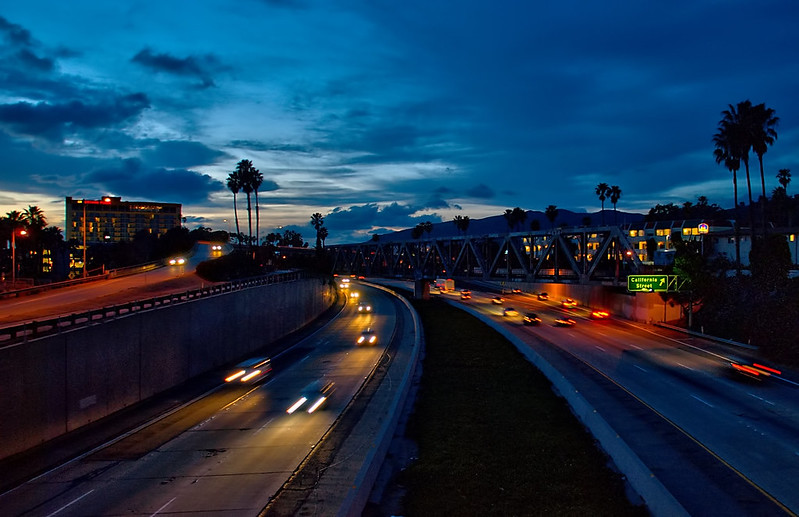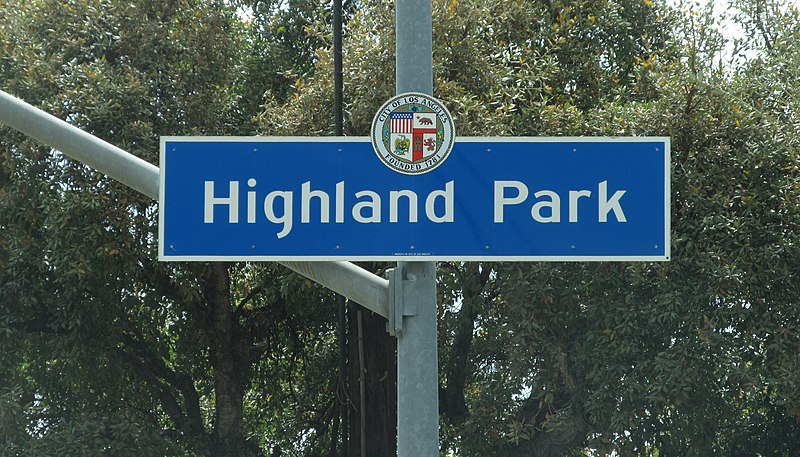A planned wildlife crossing over the Ventura (101) Freeway in Liberty Canyon to provide a lifeline to landlocked mountain lions and other animals in Southland mountains received a $1 million donation from the Boeing Company, the aerospace giant announced Thursday.
The Wallis Annenberg Wildlife Crossing — which is on track to break ground this year — is expected to be the largest of its kind in the world, spanning 210 feet over 10 lanes of highway and pavement along with an access road, and is the first to be significantly funded through private donations along with public support, according to the National Wildlife Federation.
“We thank Boeing for their long-term partnership and support in helping to make this project a reality, as well as their donations to our important community-based work like Wildlife 2 Watts and building schoolyard habitats,” Dirk Sellers, chief development officer of the National Wildlife Federation, said in a statement. “As we prepare to break ground on the landmark conservation project this spring, the generous contribution from Boeing leaves the #SaveLACougars campaign with an estimated only $5 (million) – 10 million left to raise toward construction costs.”
The Wildlife Crossing is being developed following 20 years of studies from the National Park Service that found roads and urban development is deadly for animals navigating the Los Angeles area. Urban development has also created islands of habitats that can genetically isolate the region’s animals.
Researchers have estimated that the mountain lion population in the Santa Monica Mountains could become extinct within 50 years without an influx of genetic diversity. The lions are largely isolated due to freeways that act as barriers to movement across the region. The crossing aims to provide a connection between the small population of mountain lions in the Santa Monica Mountains and the larger and genetically diverse populations to the north.
The Boeing Company has previously supported the National Wildlife Federation, including through contributions to the long-term mountain lion study in the Santa Monica Mountains and efforts to educate students and help them connect with nature, document wildlife at their schools and learn about the natural world.
“We are pleased to make this contribution to this historic crossing and are committed to environmental protection and stewardship at all levels, including urban conservation efforts that are often overlooked. This investment demonstrates our ongoing commitment to preserving the unique wild heritage of the area,” said The Boeing Company’s Executive Vice President of Government Operations Ziad Ojakli.
The Boeing Company’s Santa Susana Field Laboratory is on the western edge of L.A. County, within the area that links the coast with inland mountains. Wildlife research efforts at the lab have recorded 135 bird species, more than 20 reptile species, 10 amphibian species and 24 mammal species, including mountain lions. Boeing is required following a 2007 consent order to clean up the site to meet wildlife health standards. It also must permanently preserve and protect the 2,400-acre area.
“I remember the excitement after capturing on remote camera that first mountain lion on the site,” said Kamara Sams, Santa Susana Field Laboratory program director. “It’s important to our team to do our part in to support this larger wildlife corridor, including establishing pollinator habitats, utilizing citizen scientists for biological and wildlife studies, offering community outreach activities and ensuring contractors receive rare and protected plant species briefings.”
The crossing is named for the Annenberg Foundation, a major financial contributor to the effort. The effort is a public-private partnership that includes Caltrans, the National Park Service, the Santa Monica Mountains Conservancy/Mountains Recreation and Conservation Authority, Resource Conservation District of the Santa Monica Mountains and the National Wildlife Federation. The design team is being led by Living Habitats LLC.







